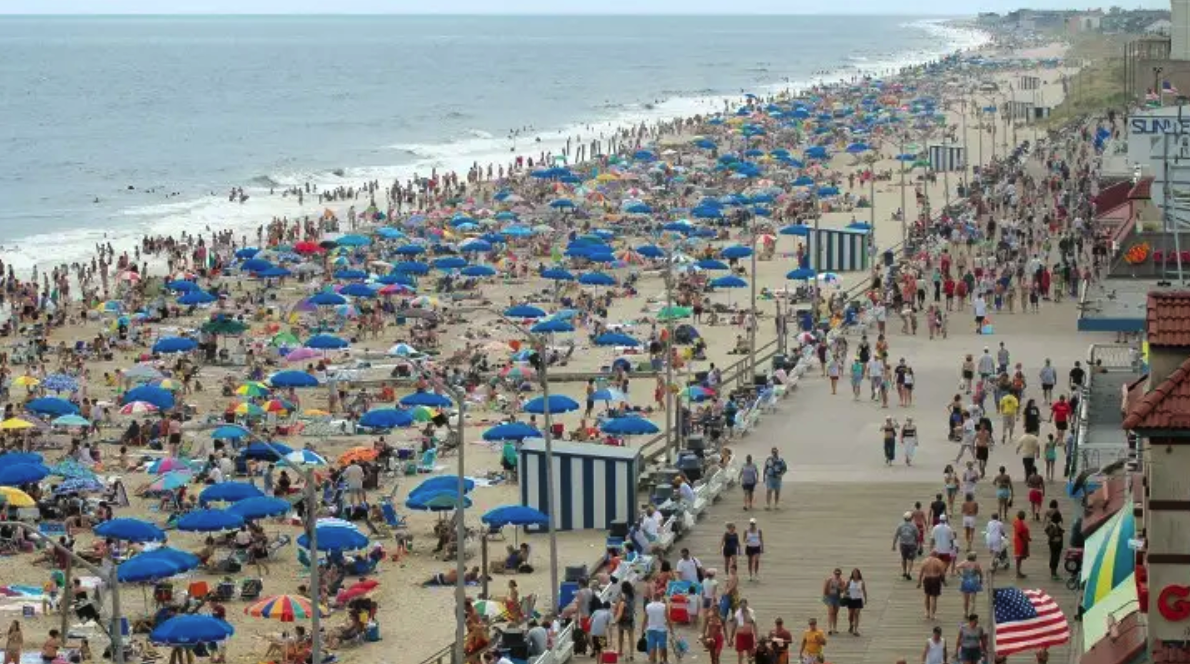Once Sargassum deluges beaches, removing, disposing and repurposing the seaweed presents many logistical and economic challenges. Cleaning up these huge piles of annoying seaweed while protecting these critical habitats at the same time is a precarious struggle.
Tag: Beaches
‘Coastal Squeeze:’ Massive Loss of U.S. Coastline Tidal Flats Over 31 Years
The entire contiguous U.S. has experienced massive urban expansions and the Atlantic Coast shows outstandingly high rates. Urban expansion has substantially squeezed the space of tidal flats and affected surrounding environments. In new urban areas, tidal flats have undergone considerable degeneration with more significant patterns as they get closer to new urban locations. Tidal flats protect against the ocean’s destructive powers such as hurricanes. Without some inland spaces to move around, they will likely disappear, which will have dire consequences for beachfront communities.
Perfect ‘Pathogen’ Storm: Vibrio Bacteria, Sargassum and Plastic Marine Debris
Little is known about the ecological relationship of Vibrio bacteria with Sargassum. Evidence also is sparse as to whether vibrios colonizing plastic marine debris and Sargassum could potentially infect humans. As summer kicks off and efforts are underway to find solutions to repurpose Sargassum, could these substrates pose a triple threat to public health? Results of a study representing the first Vibrio spp. genome assembled from plastic finds Vibrio pathogens have the unique ability to “stick” to microplastics, harboring potent opportunistic pathogens.
FAU Developed AUTOHOLO Shows Potential as Red Tide Warning System
Current methods to monitor red tide are limited. Using AUTOHOLO, a new autonomous, submersible, 3D holographic microscope and imaging system, a study is the first to characterize red tide in the field and breaks new ground for monitoring harmful algal blooms.

Summer travel forecast: Mostly sunny
Travel experts predict a strong summer tourism season fueled by pent-up demand and eased COVID-19 restrictions. But increased bookings and revenue for restaurants will depend on continued success with controlling the pandemic and the ability of businesses to find labor.
Surge in Nitrogen Has Turned Sargassum into the World’s Largest Harmful Algal Bloom
Scientists have discovered dramatic changes in the chemistry and composition of Sargassum, floating brown seaweed, transforming this vibrant living organism into a toxic “dead zone.” Results suggest that increased nitrogen availability from natural and anthropogenic sources, including sewage, is supporting blooms of Sargassum and turning a critical nursery habitat into harmful algal blooms with catastrophic impacts on coastal ecosystems, economies, and human health. Globally, harmful algal blooms are related to increased nutrient pollution.